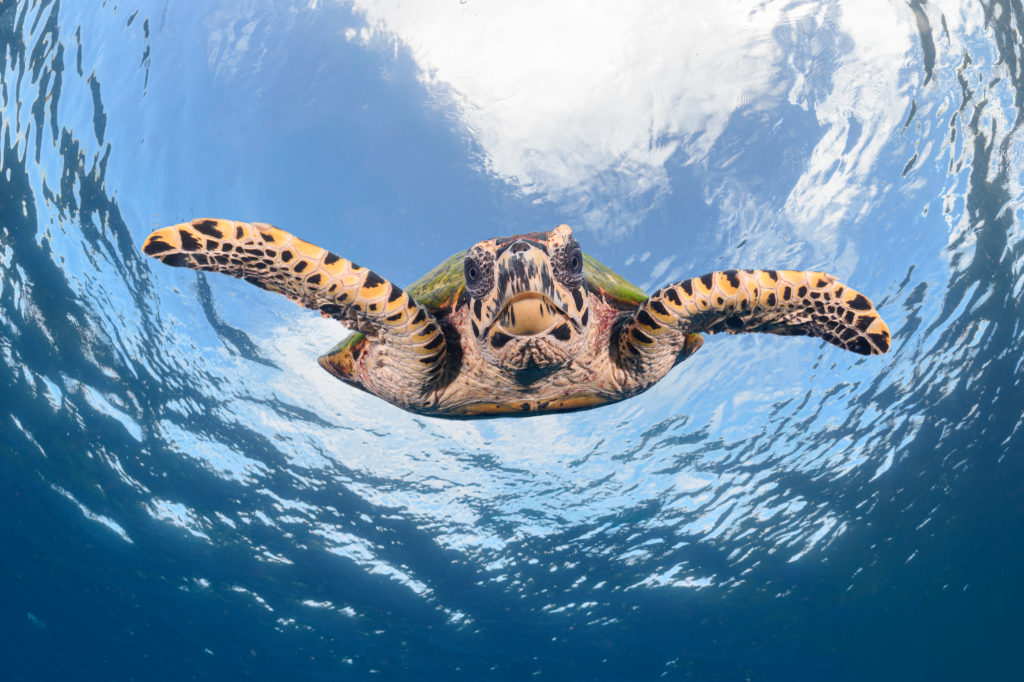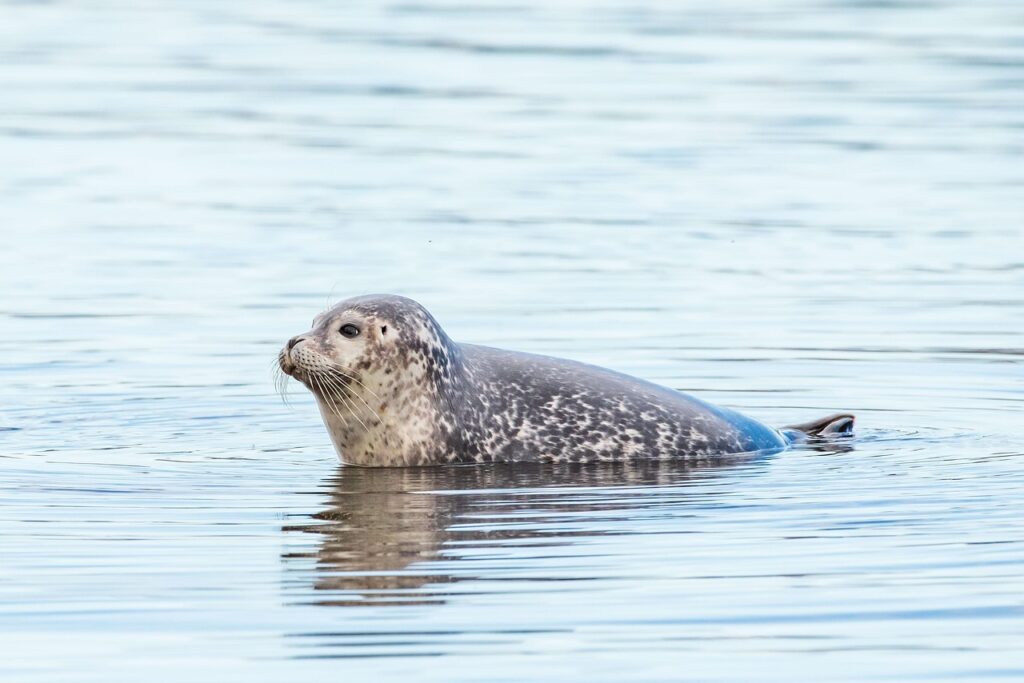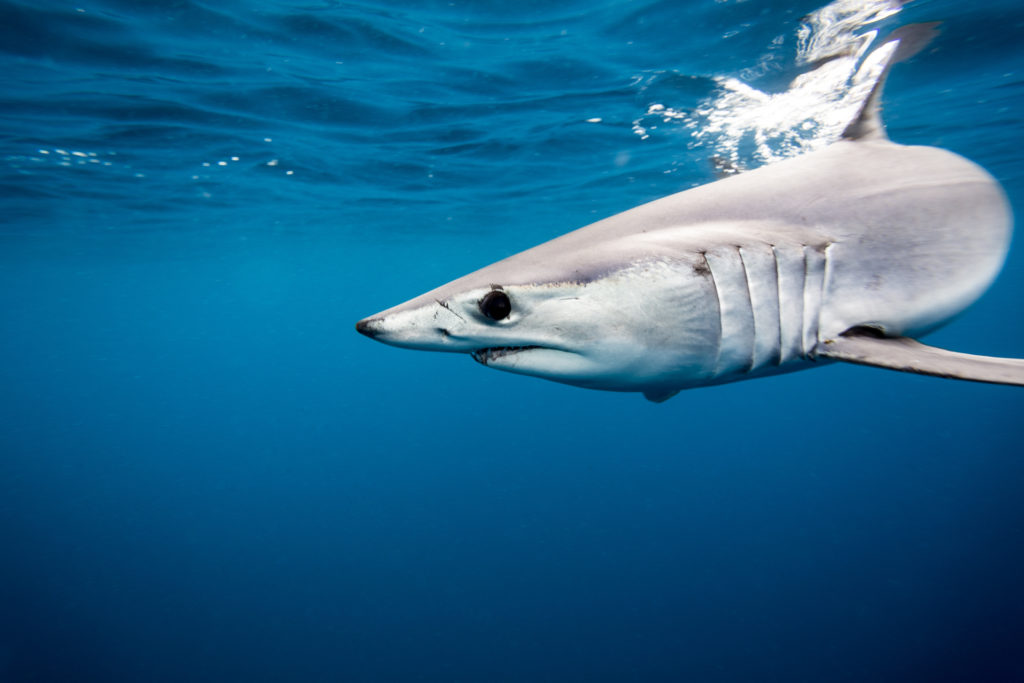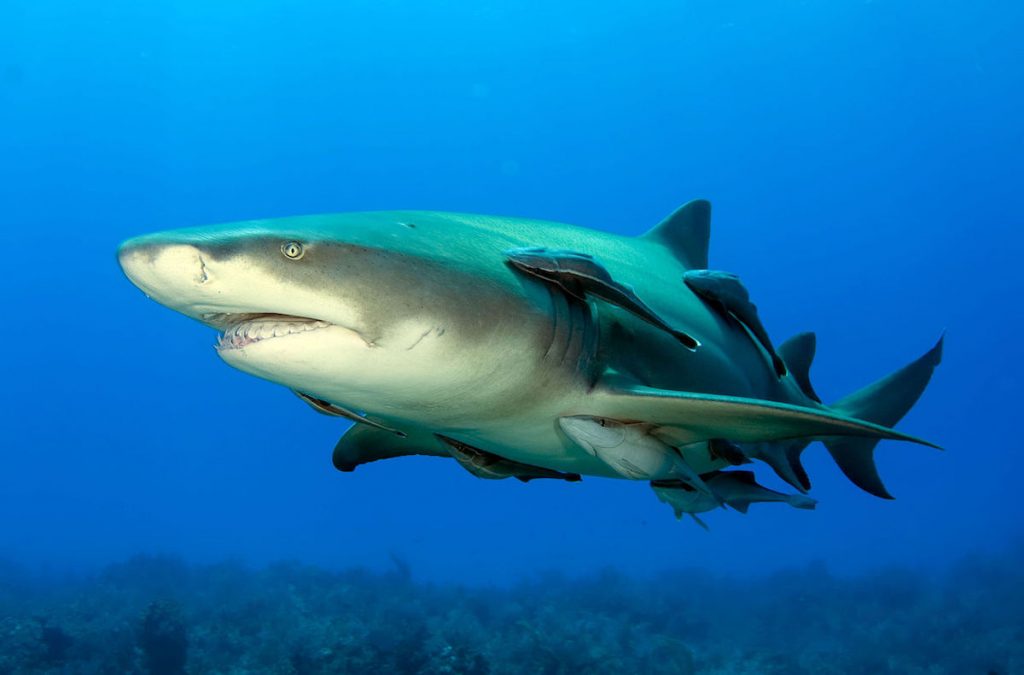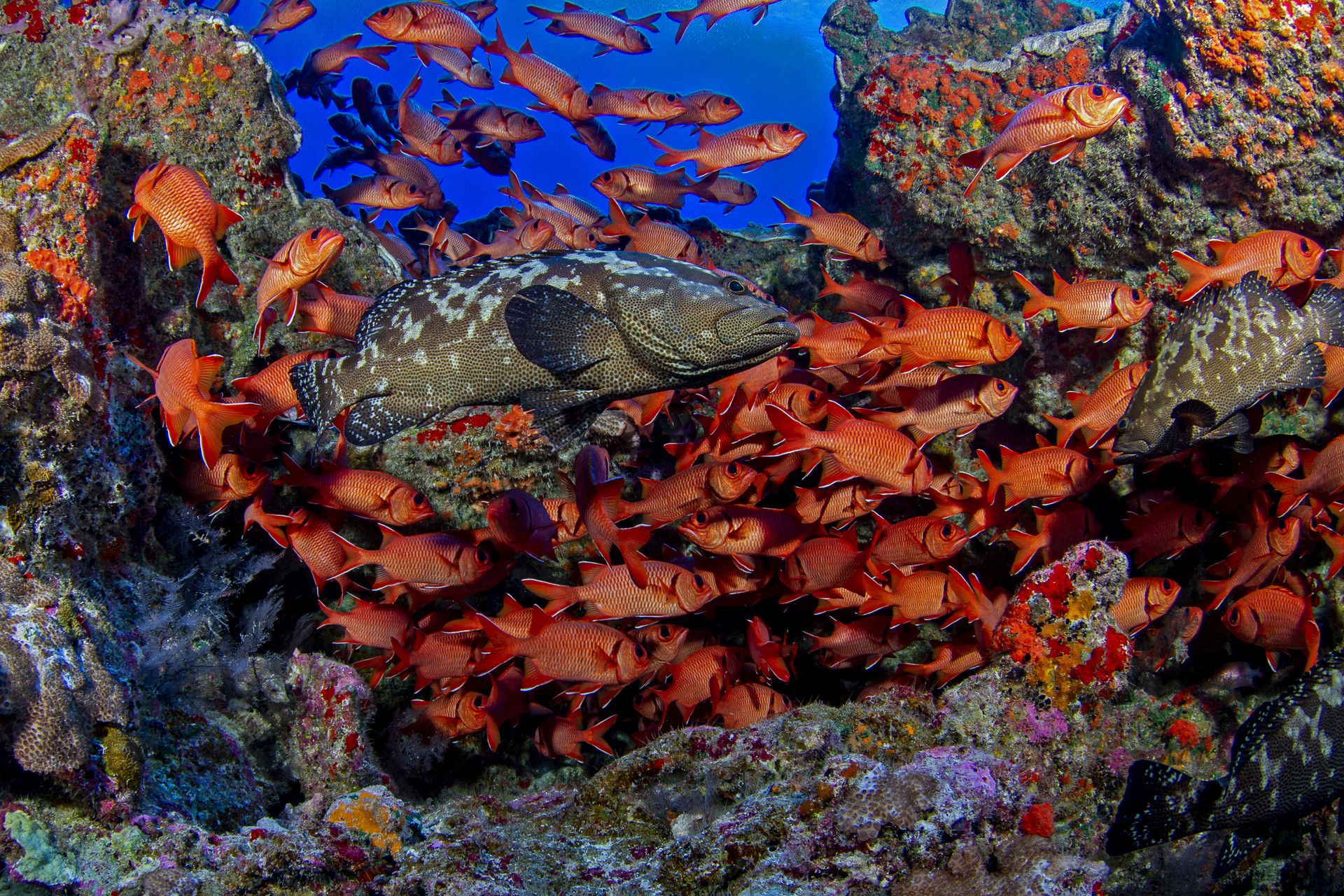
Wildlife Library
Are you eager to learn more about the animals living in and around our beautiful ocean? Dive in and get to know your favorite marine wildlife with wild facts about behavior, lifespan, eating habits and more. There are many ocean critters to explore and learn more about—from polar bears to nurse sharks to copepods. What’s your favorite ocean animal?
— Select —
Filter By
Filter By
View All
Shortfin Mako Shark Isurus oxyrinchus
Shortfin mako sharks are speed demons. They can swim up to 45 miles per hour.
ViewOceanic Whitetip Shark Carcharhinus longimanus
Oceanic whitetip sharks are top predators that love the wide-open ocean. They are recognized by their white-tipped fins.
ViewLemon Shark Negaprion brevirostris
When life gives you a lemon shark … celebrate! Lemon sharks get their name from their yellow-ish hue that allows them to blend into the ocean’s sandy bottom.
ViewVisit our Action Center
Love the ocean? Turn your passion into impact. Explore urgent actions you can take right now to protect marine life and defend our ocean’s future.
